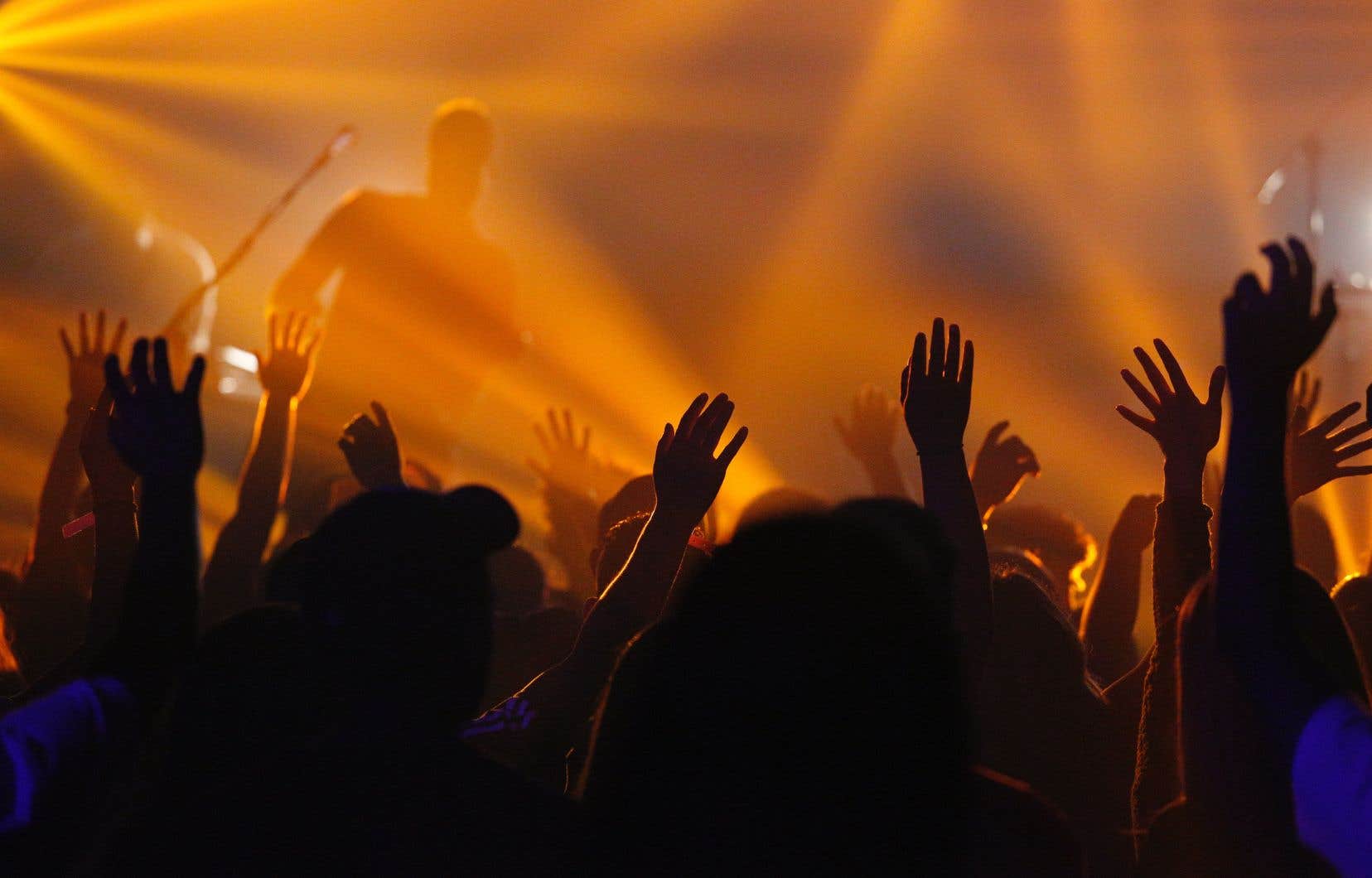The performing arts should return to a normal, post-pandemic rhythm of activity, at best in the spring of 2024. This is one of the data that emerges from the survey on the effects of the coronavirus pandemic. COVID-19 on businesses and organizations in the performing arts sector in Quebec, the Statistical Institute of Quebec. We also read about the general effort that the performing arts have made to move towards digital, and the lack of interest of spectators for these offers in pixels. Portrait of the beginning of the revival of the performing arts, captured at the end of the COVID crisis.
The survey was conducted a year ago, in the spring of 2022. It reveals that during the pandemic, 54% of organizations carried out activities outside of performance halls. They attempted performances in parks, streets, parking lots, public squares. In hollow, as confirmed by the researcher on the performing arts Lysandre Champagne, this figure also indicates that 46% of organizations have not left their walls.
For 68% of organizations, the pandemic was a first opportunity to offer shows and activities online. A great effort, majority. “It is interesting to note that it is mainly in Montreal that organizations have embarked on show recordings and digital initiatives,” says Ms.me Champagne by analyzing the data, in an interview with The duty.
“Outside of Montreal, organizations have mainly tried outdoor and in situ shows. The figures are inversely proportional ”with those of the metropolis, notes the one who is also a sociologist, singer and trumpeter. In Montreal, we’ve gone digital; outside, we were looking for other ways to be together, despite the COVID, we understand.
Is it because in the city, where there is more proximity, we feared contagion even outdoors? Or because outdoor performance permits can be complicated to obtain? These hypotheses remain open.
The survey observes that artistic disciplines have not all made the same attempts to “reinvent themselves” during the pandemic. Circus, dance, multidisciplinary arts, literature and storytelling have come out of the walls. Conversely, theatre, music and song instead added digital activities.
“We must not forget, specifies Lysandre Champagne, that our questions were addressed to the artistic organizations, which spoke there only of their activities. If one or two musicians have decided on their own to go out and do a concert in a park, that does not appear in our figures. »
No interest in digital
As we know, the consumption of culture on the Internet exploded during the pandemic. The performing arts have also sought to weave a nest in the web. More than two-thirds (68%) of organizations recorded performances. Of this number, 46% intend to continue the practice, we read in the survey.
The same percentage of companies, 68%, conducted business online for the first time during the pandemic. While 84% of them believe that these activities have allowed them to stay in touch with spectators, only 21% intend to pursue a hybrid offer, by doubling the indoor shows with a digital version, permanently. .
But 85% of those organizations that will keep a hybrid offer believe that there is a lack of public interest in the digital distribution of the performing arts. It is enormous. Yet funders continue to push heavily toward digital, with funding, for the performing arts.
What is the impact of these digital activities? Are the spectators there, behind their screens? These data are still missing from the tables, and will not be included in the next edition of the Consumption of cultural content on the Internet.
“These are very difficult data to obtain and to process, explains Mr.me Champagne. Because of the multiplicity of platforms, false listening, false streams, outdated cultural metadata, etc. Arts organizations themselves are unable to calculate the impact of their digital offerings. Often they don’t know it themselves. »
The majority of organizations believe that activities should be back to pre-pandemic levels by the spring of 2024, it still reads. But “a certain proportion believe that we will have to wait at least until the summer of 2024 before seeing a return to normal in terms of the occupancy rate of performance halls” (23% of respondents) .
“We are really looking forward to seeing the next study, the one on performing arts attendance in Quebec in 2022. This is where we will be able to really see if there are major changes among spectators,” concludes Mme Champagne.
